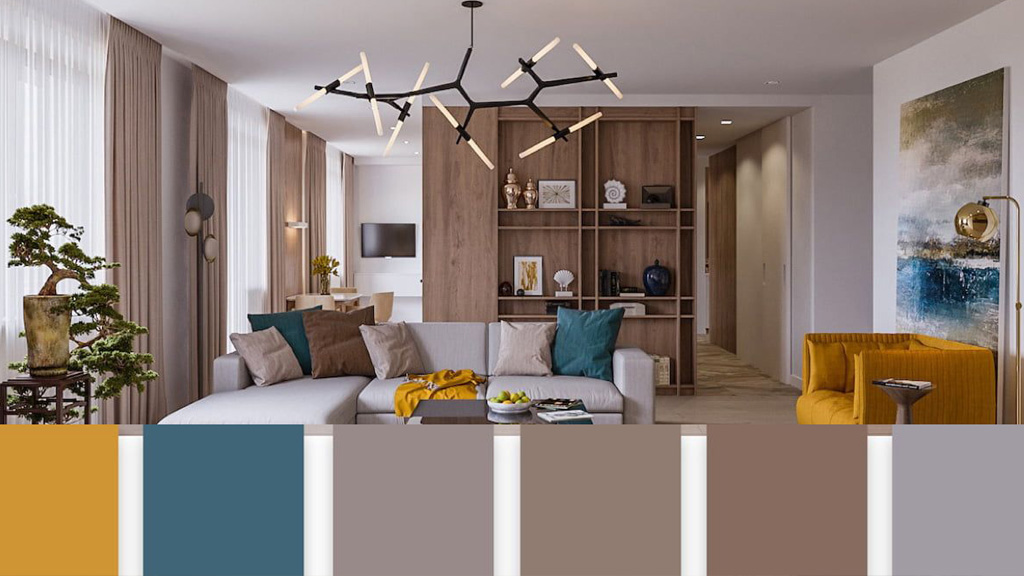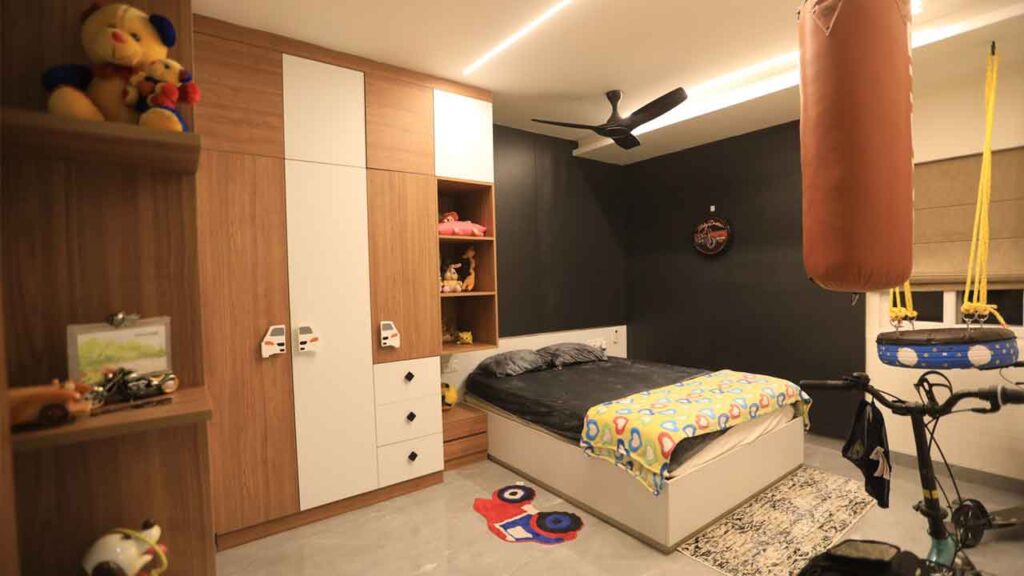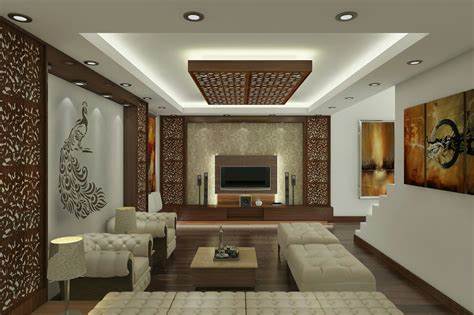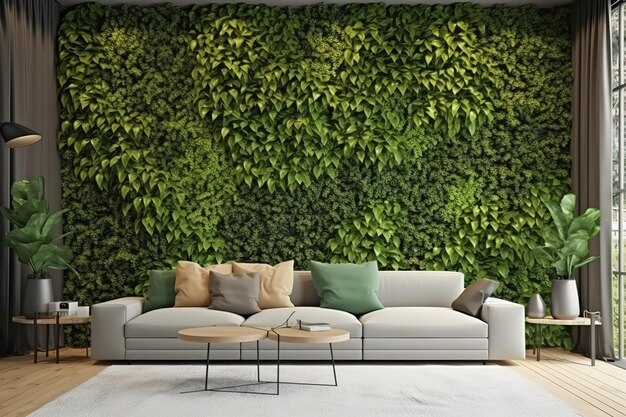Smart Wardrobe Organization ideas
Smart Built-In Wardrobe Ideas for Effortless Organization
Having an organized wardrobe can make a world of difference in your daily routine. It not only streamlines the way you dress but also turns the often-mundane task of choosing an outfit into a more enjoyable experience.
Built-in wardrobes take this organizational benefit a step further by maximizing your space with tailor-made solutions that blend seamlessly into your home’s design. In this article, we will explore practical ideas for creating a smart built-in wardrobe that enhances your lifestyle and makes every day a little easier.
Smart Built-In Wardrobe Ideas for Effortless Organization

Having an organized wardrobe can make a world of difference in your daily routine. It not only streamlines the way you dress but also turns the often-mundane task of choosing an outfit into a more enjoyable experience. Built-in wardrobes take this organizational benefit a step further by maximizing your space with tailor-made solutions that blend seamlessly into your home’s design. In this article, we will explore practical ideas for creating a smart built-in wardrobe that enhances your lifestyle and makes every day a little easier
1. Planning Your Built-In Wardrobe

1.1 Assessing Space
Measuring your available space is the first step. Take into account the height, width, and depth of the area you want to turn into a wardrobe.
- Ceiling Height: If you have tall ceilings, consider utilizing that vertical space with shelves or hanging options that extend higher.
- Layout: Examine the layout of your room—where are windows and doors? What are the flow and functionality? This will help in designing a wardrobe that isn’t just stylish but also practical.
- Furniture Placement: Evaluate your existing furniture. Your wardrobe should enhance the room’s flow, not hinder it.
1.2 Defining Your Needs
Think about how you use your wardrobe daily.
- Wardrobe Habits: Reflect on how you currently organize clothes. Do you prefer to hang, fold, or a mix of both?
- Types of Clothing: Identify the items you wear most often. Whether it’s formal attire, casual wear, or activewear, every type of clothing will require distinct storage strategies.
- Seasonal Changes: Consider how your wardrobe might change with the seasons. You may need extra space for winter coats or summer dresses, so plan accordingly.
1.3 Choosing Materials and Finishes
Selecting the right materials makes a big difference in both aesthetics and functionality.
- Material Options: Wood lends a warm, classic look, while laminate can offer a modern touch and is often easier to maintain.
- Finish Choices: Choose finishes that complement your home’s overall decor. A crisp white finish might be refreshing in a minimalist space, while a rich walnut may add depth and character.
- Durability: Opt for materials that withstand daily wear and tear, ensuring that your investment lasts for years to come.
2. Smart Storage Solutions

2.1 Shelving Systems
Having the right shelves can transform how you store clothes.
- Configurations: Consider different shelving configurations for items like shoes, bags, and folded clothes. Adjustable shelves can further cater to your needs, adapting as your wardrobe evolves.
- Decorative Touches: Integrate decorative shelves that allow you to display personal items—whether it’s a framed photo or a treasured book—and give your wardrobe a unique flair.
2.2 Hanging Solutions
Maximizing your hanging space can save time and effort.
- Garment Types: Allocate space for both long garments (like dresses) and short ones (like shirts).
- Multi-Level Hanging Rods: Incorporate rods at different heights to maximize space.
- Accessories Hooks: Hooks for scarves and jewellery keep accessories neat and readily accessible, reducing clutter.
2.3 Drawer and Compartment Organization
Drawers can be a lifesaver for small items.
- Drawers for Folding: Use drawers to store items like knitwear or jeans that are better folded.
- Compartmentalize: Organizing compartments for accessories such as belts and ties can help in maintaining quick access and avoiding mess.
- Labelling: Clearly labelling your drawers and compartments can make searching for specific items a breeze.
3. Innovative Design Features
3.1 Slide-Out and Pull-Out Options
Introducing slide-out features can add convenience.
- Pull-Out Racks: Consider pull-out racks for shoes and accessories to make finding what you need easier.
- Integrated Pant Racks: Juggling limited space? Use integrated racks specifically for pants that slide out neatly.
- Slide-Out Baskets: These are perfect for neatly storing folded items like t-shirts or linens, making them easy to reach.
3.2 Mirrors and Lighting
Mirrors and lighting can enhance functionality.
- Mirrors: Full-length mirrors not only enhance the aesthetic but also allow you to try outfits on the spot.
- Built-In Lighting: Integrated LED lights provide ample visibility, which is essential for locating pieces in darker corners.
- Energy Efficiency: Opting for LED strip lights can keep your wardrobe looking bright without significantly impacting your energy bills.
3.3 Flexible and Modular Designs
Adaptability is a great feature to consider.
- Adjustable Components: Include adjustable shelves or rods to evolve your storage solutions as your wardrobe needs change.
- Modular Options: Create a layout that allows you to customize it as much as possible, from drawer sizes to shelving arrangements.
- Furniture-Grade Built-Ins: Prioritize quality to ensure your built-ins can handle the strain of an active wardrobe while looking like a stylish piece of furniture.
4. Seasonal and Rotational Organization
4.1 Seasonal Wardrobe Rotation
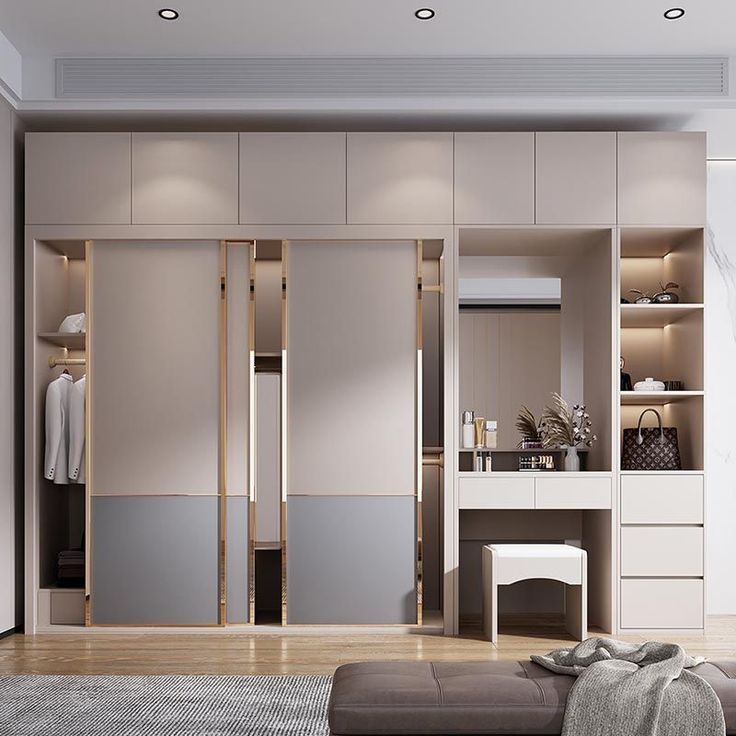
Don’t let off-season items take up space.
- Switching Contents: Make a habit of rotating clothing seasonally. Store away items that are rarely worn to create space for the current season’s essentials.
- Efficient Storage: Invest in storage bins to neatly pack away off-season clothing, keeping your wardrobe tidy throughout the year.
- Organizing by Season: This not only makes for easier outfit selection but adds clarity to your wardrobe organization.
4.2 Categorizing by Frequency of Use
Smart arrangement makes life easier.
- Frequency of Wear: Place items you wear frequently in easily accessible zones while keeping less-used items higher up or at the back.
- Specific Zones: Designate specific areas for work clothing, casual wear, and sleepwear, helping you find what you need quickly.
- Quick Rotation System: Implement a system that encourages rotating in and out everyday items, keeping your wardrobe fresh and functional.
4.3 Decluttering and Maintenance
Regular maintenance is key to longevity.
- Decluttering Schedule: Establish a routine to declutter—maybe every season or twice a year.
- Keeping It Organized: Use simple techniques like “one in, one out” for incoming clothing to keep clutter at bay.
- Ongoing Maintenance: Make keeping your wardrobe organized an ongoing task rather than a periodic chore; small daily efforts can lead to lasting organization.
5. Personalization and Aesthetics
5.1 Color Coordination
Creating a visually pleasing wardrobe can be simple.
- Organizing by Color: Consider arranging clothes by color to create a visually harmonious space; this can also streamline your outfit choices.
- Benefits: A color-coordinated wardrobe not only looks nice but can enhance your mood.
- Creating Palettes: Develop a color palette that resonates with your style to create a truly personal touch.
5.2 Decorative Elements
Adding personal touches can elevate your wardrobe’s design.
- Decorative Boxes and Bins: Use beautiful boxes that fit your decor style to store items neatly.
- Integrating Art: Incorporate framed artwork or personal photographs to make your wardrobe feel like an extension of your personality.
- Adding Plants: Indoor plants can bring a fresh and inviting atmosphere, making your wardrobe a pleasant space to be in.
5.3 Smart Accessories
Incorporate technology into your organization.
- Smart Accessories: Explore innovative gadgets like electronic clothing racks or app-connected systems that help manage your wardrobe virtually.
- Multifunctional Items: Use accessories that serve multiple purposes, such as a storage ottoman that can double as a seat.
- Enhanced Usability: These smart solutions can significantly ease the hassle of daily outfit planning and organization.
FAQs
Q1: What materials are best for built-in wardrobes?
A: Materials like plywood, MDF, and laminates are durable and versatile, offering a range of finishes to match your decor.
Q2: How can I enhance the functionality of my wardrobe?
A: Incorporate features like pull-out trays, adjustable shelves, and dedicated sections for accessories to optimize storage.
Q3: Are built-in wardrobes a good investment?
A: Yes, they maximize space utilization and can be customized to your needs, often increasing the property’s value.
Q4: How do I maintain a built-in wardrobe?
A: Regular cleaning and occasional checks for hardware functionality will keep your wardrobe in top condition.
Conclusion
A thoughtfully designed built-in wardrobe not only enhances your bedroom’s aesthetics but also brings harmony to your daily routine. By choosing the right design and features, you can create a storage solution that is both practical and stylish, making your life more organized and your space more enjoyable.

